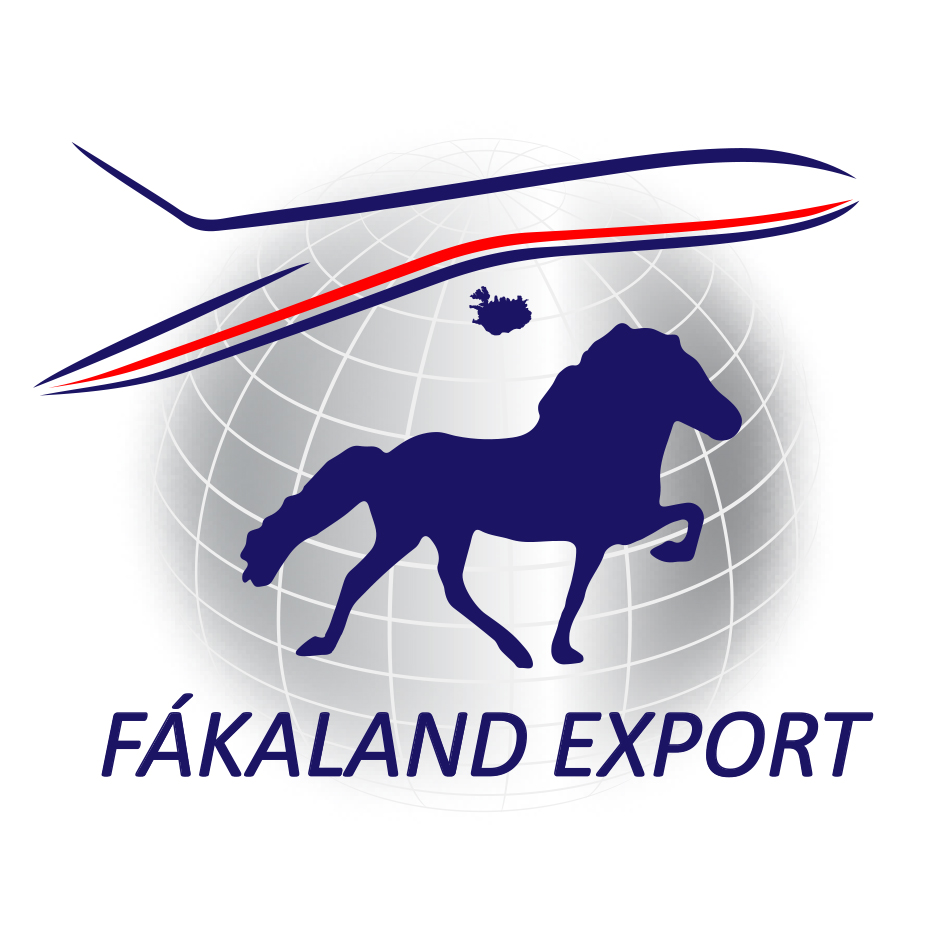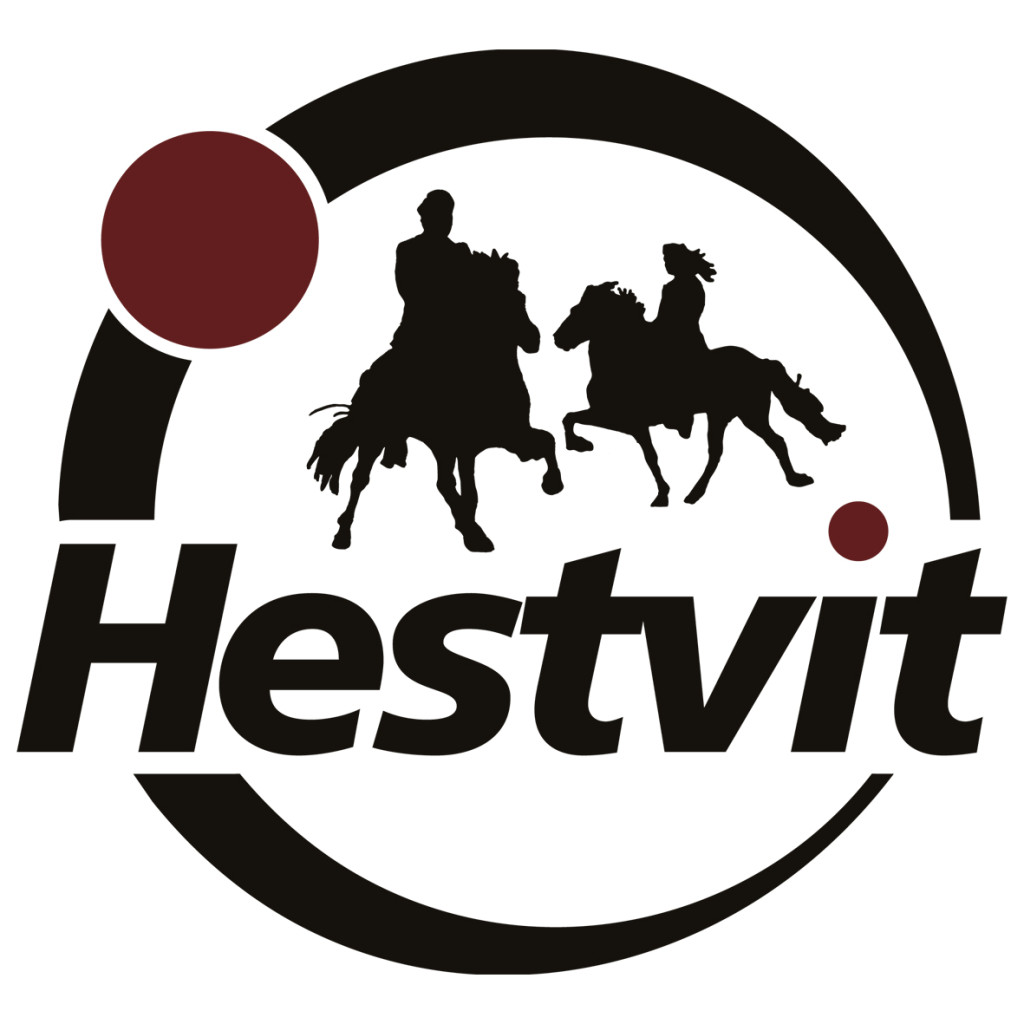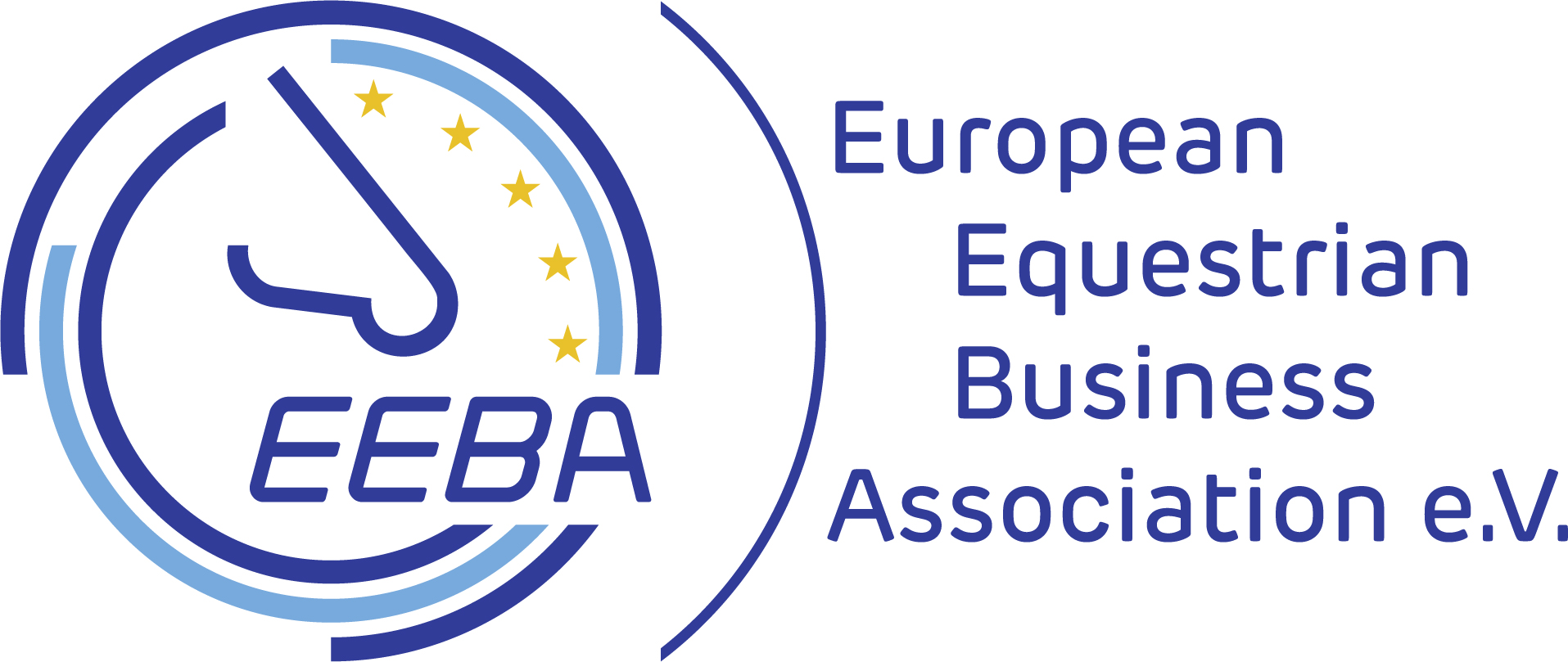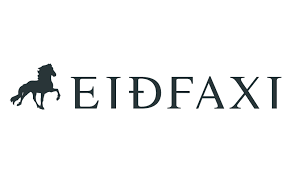Cecilia Rosell, who lives near Odense in Denmark, trains almost every day with her Icelandic horse Abel in order to qualify for T2. “We’re so close! We just need a few more points,” she excites. They have already competed at many regional championships and taken home medals in T4 long-rein tölt and four gait. In 2017, director Caroline Jensen made a short documentary about Cecilia and her horse, called My life with Abel, including clips of Cecilia riding Abel without a saddle and bridle in perfect balance. Watching it, it’s difficult to imagine that Cecilia actually suffers from cerebral palsy.

On location.
“When I was one-and-a-half years old the doctors told my parents that I would probably never walk,” she shares. Her parents had heard that riding could help children with disabilities, so they decided to give it a try. Cecilia adds that as her aunt was a paradressage rider and her mother’s family used to have horses, so it seemed like a natural move. Cecilia’s first riding experience was on a Belgian Draft with her mother as a back rider. “I was like a mosquito on an elephant!” she jokes. Riding actually helped and Cecilia did learn how to walk, at first with a brace on one leg. Today, she can walk up to 1 km on a good day, but usually feels exhausted afterwards. Riding is therapeutic for her. “It’s the movements of the horse. Riding exercises so many small muscles that I would otherwise never exercise. I’ve tried swimming and fitness and loads of other sports, but no other sport does that.” Cecilia gradually began riding on her own, attended riding school and moved on to practicing dressage on a Danish warmblood. However, while riding kept Cecilia fit, the size of the horse was cumbersome—for example, she couldn’t saddle it by herself—and the practices wore her out. “The horse was way too big and I couldn’t ride more than one or two times a week.” Then Cecilia had to send her dressage horse home to its owner and went to boarding school for three months. “I was in a wheelchair the whole time and took 16 painkillers a day. Still I was in so much pain that I had to go to the emergency room multiple times. I realized that not riding didn’t work for me. It was too painful and I didn’t want to sit in a wheelchair.”
By that time, Cecilia’s aunt had switched over to riding Icelandic horses and she loved the breed. A friend of Cecilia’s had seen an Icelandic horse advertised for sale that she thought would be a good fit for her. “She said: ‘You need to see this horse!’ I was still a dressage rider at heart and wanted to be in competitions. But the horse was just 30 minutes away and after a couple of days I talked to the owner. And then I met Abel. It will be five years ago in February.” Cecilia asked her aunt to come with them because she didn’t know anything about Icelandic horses, apart from them having five gaits. “She jumped on him and rode him and he ran, like crazy. Then I jumped on and he just walked slowly in tiny steps.” Cecilia and Abel had an immediate connection; the horse seemed to sense that he needed to be careful with her. Cecilia wasn’t supposed to buy a horse because she hadn’t turned 18 yet and was therefore unable to access her savings. “But I just needed to borrow money and get that horse!”

Best friends! Photo: Katja Jensen.
This was the beginning of a beautiful relationship. Because Cecilia is unable to use her legs to give cues as riders usually do, she had to train Abel to respond to her voice on every command. When riding on the trail, she can trust him to canter up a hill and then stop at the top when she tells him to. She has also taught him tricks and Abel is a quick learner because he loves his treats! He seems to intuitively understand what Cecilia needs. “I just have to grab the bridle and he lowers his head so that I can bridle him without using extra energy. He’s so smart.” And he takes good care of her. When she’s having a bad day, he just walks slowly. Riding him is the best therapy for Cecilia. “Like today [17th November], I was feeling very bad. My lower back was hurting. It’s really cold at the moment and my body gets very bad during cold weather. I just had to get on the horse, so I jumped on him without any equipment and rode two rounds and my back was fine. When I can’t walk, the horse does it for me and uses the muscles.”
When asked about the biggest advantage to riding an Icelandic horse, Cecilia is quick to respond: “The tölt. Nothing beats it. I can always go for a ride no matter how bad I’m feeling because the horse takes care of me and I won’t lose my balance in tölt.” However, as Cecilia didn’t know the gait before she bought Abel, it took some time before they perfected it. “All the other gaits are smooth too. Now we’re trying to figure out the trot,” she adds. The breed’s gentle nature is also an advantage. “Now I’ve met a lot of Icelandic horses and although no one is like Abel they seem to have something special in general, a special calmness that no other horses have.” Abel has helped others, too, like Cecila’s sister who was a very anxious rider to begin with but now competes with her. “He can be the craziest competition horse and the fastest tölter but if really needed he’s the calmest horse ever.” She sometimes lends him for therapy riding. “There was this very disabled rider who was completely in a wheelchair and it started with me holding the horse and one person on either side to support her but by the time she had to stop riding to go to boarding school she was sitting by herself.”
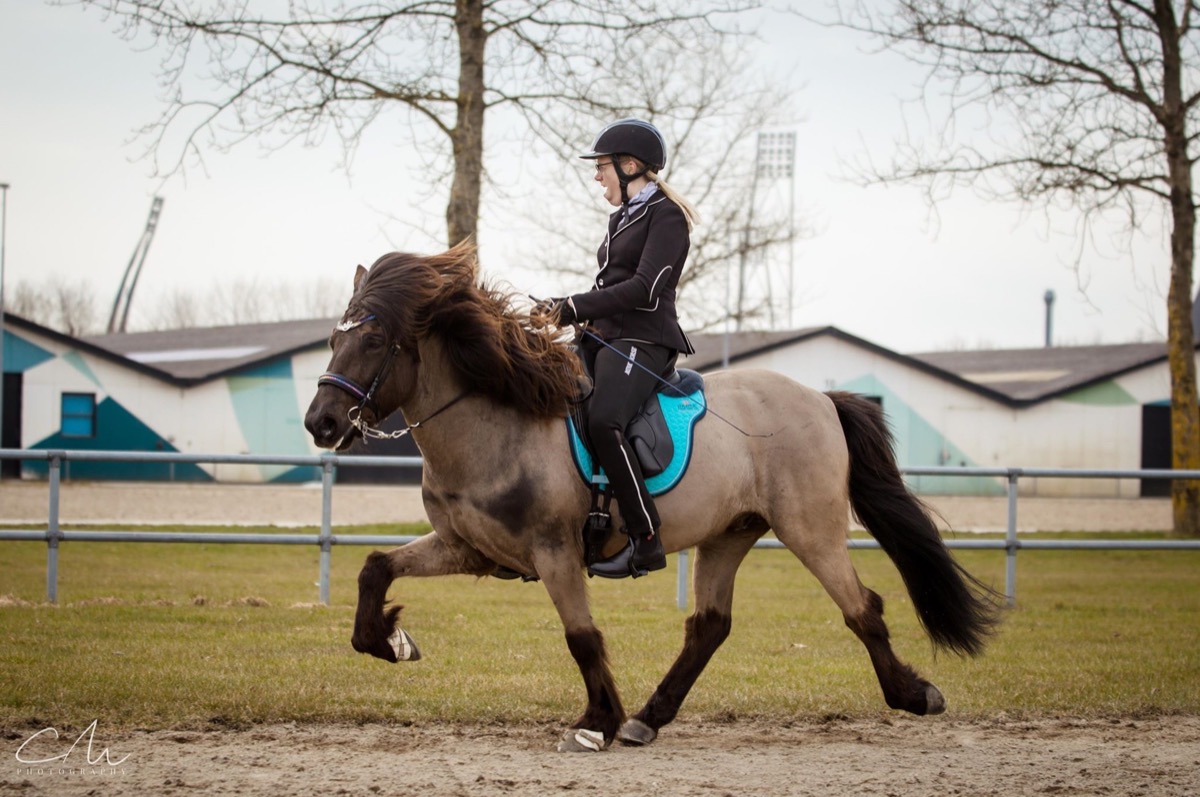
On the oval track!
Cecilia is happy to share her and Abel’s story in order to help other people with disabilities. She has a Facebook page, which she started the day she got him, and updates it regularly, documenting their progress. When asked about her future plans, she responds: “Keep riding. Hopefully I can continue to spread my story about how much riding can help and that I’m competing on a higher level. Disability isn’t going to stop me.” Cecilia is thrilled when she hears about others who have taken up because of her story. “It’s nice to know that I can inspire.”
Text: Eygló Svala Arnarsdóttir. Photos: By CM Photography and Katja Jensen Photography.
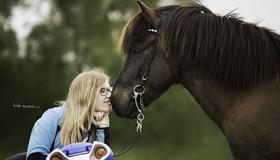
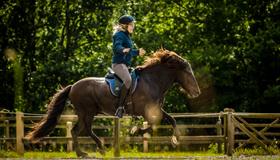
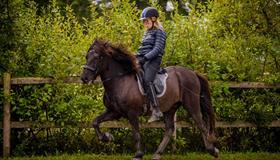
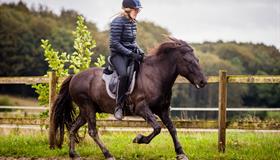

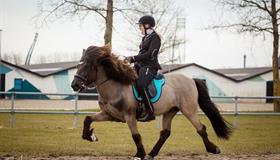
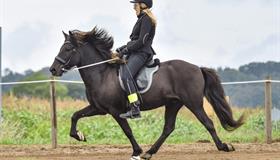

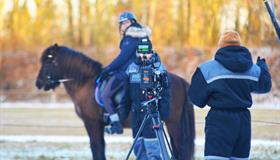

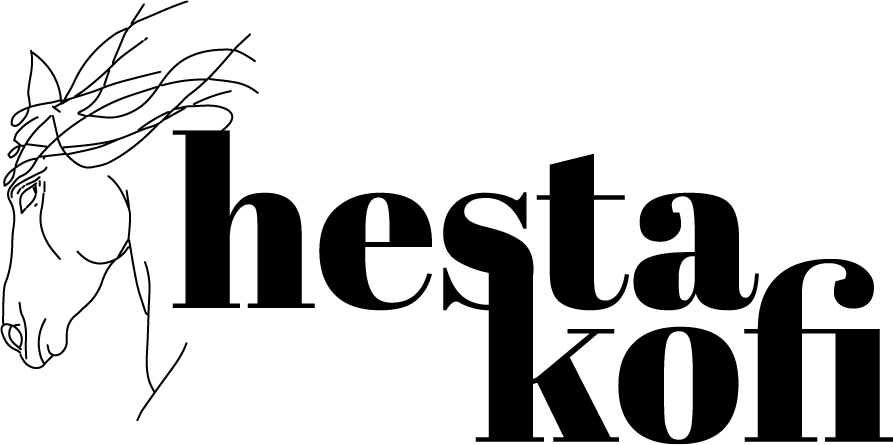




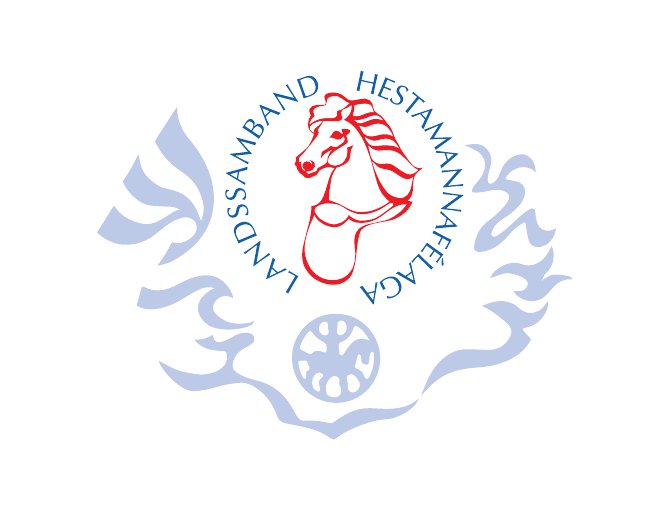



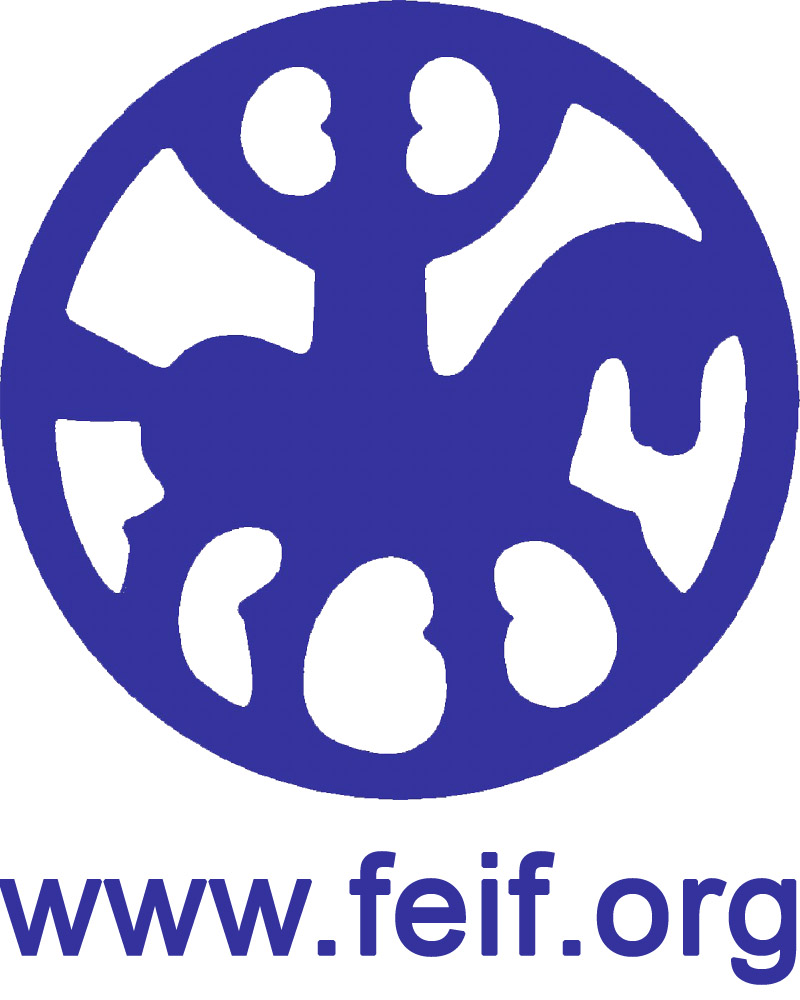
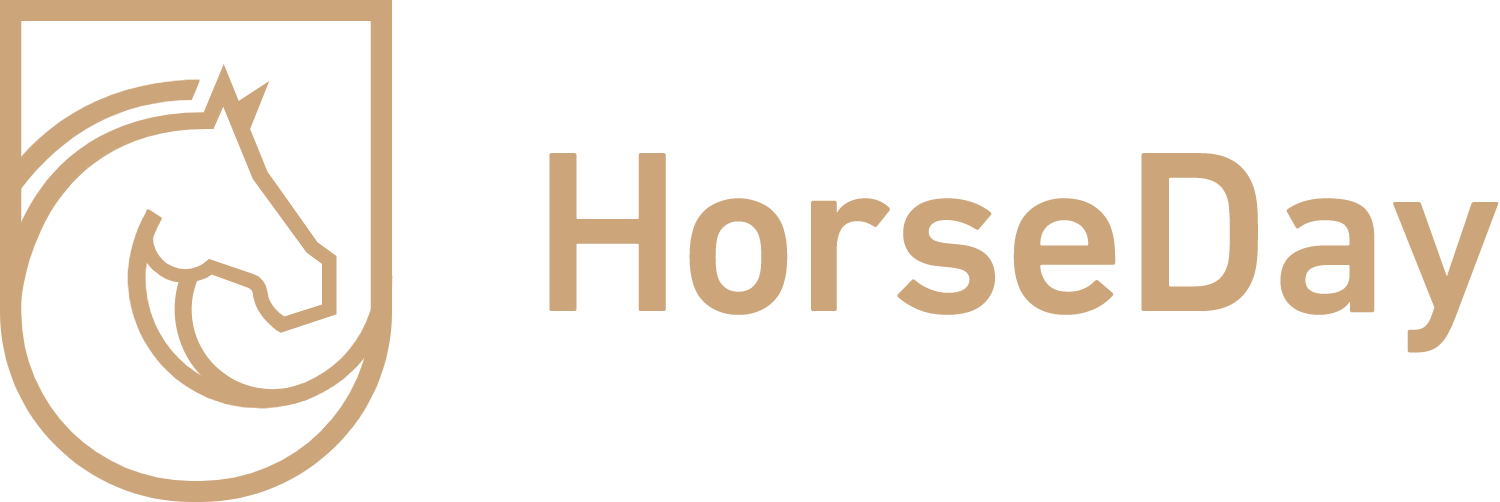
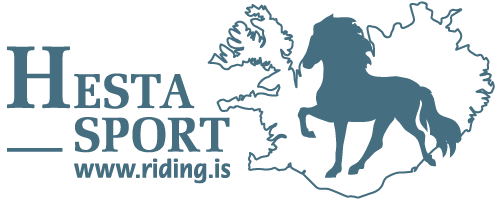


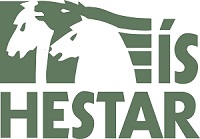
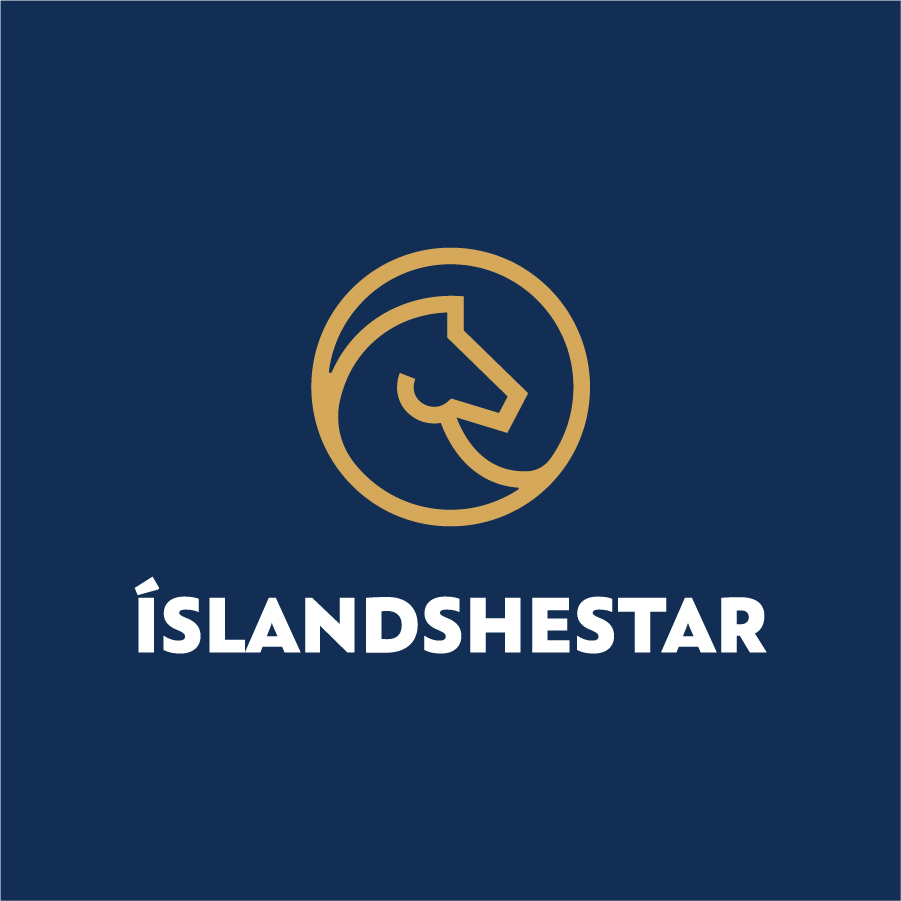
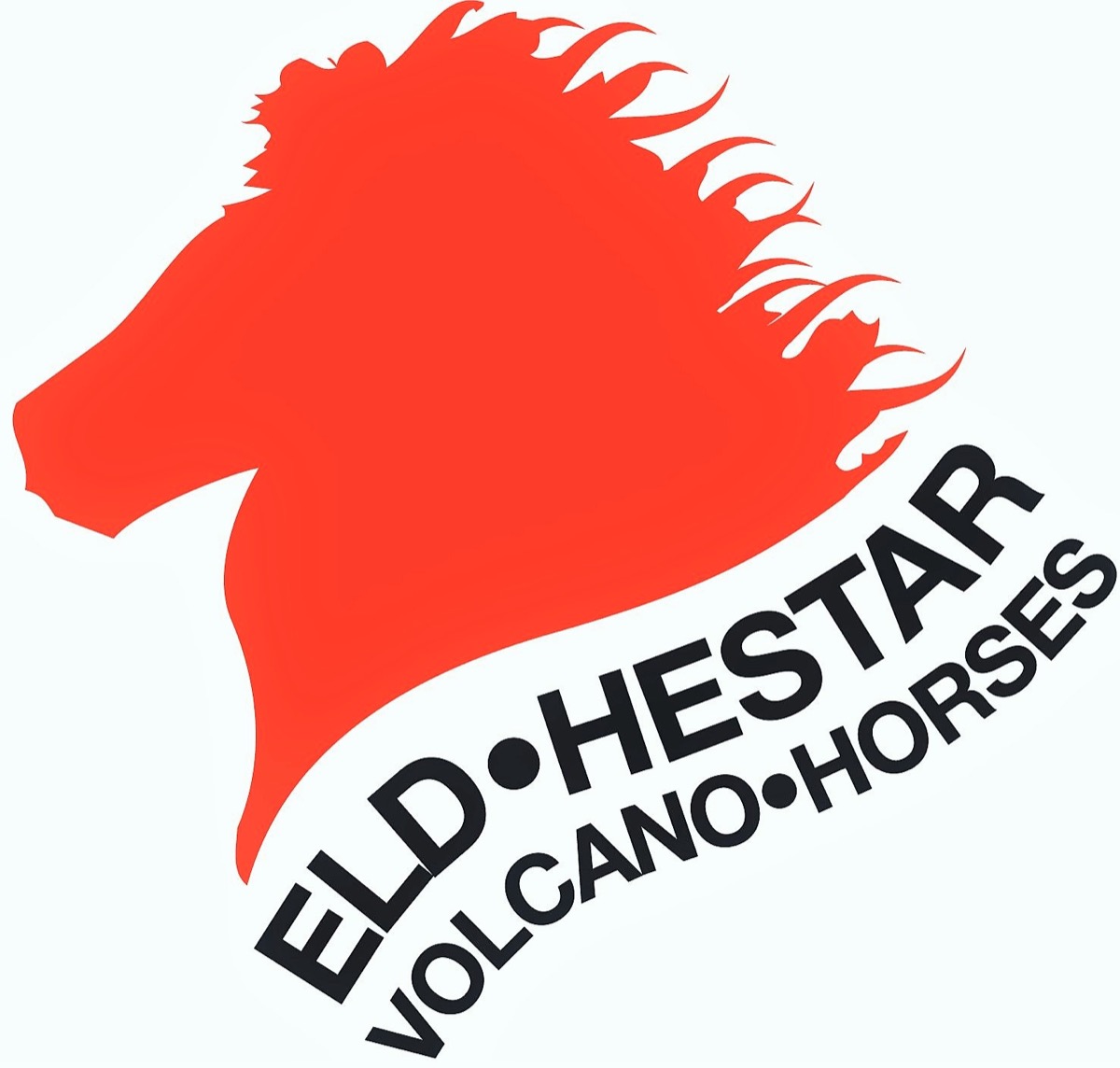
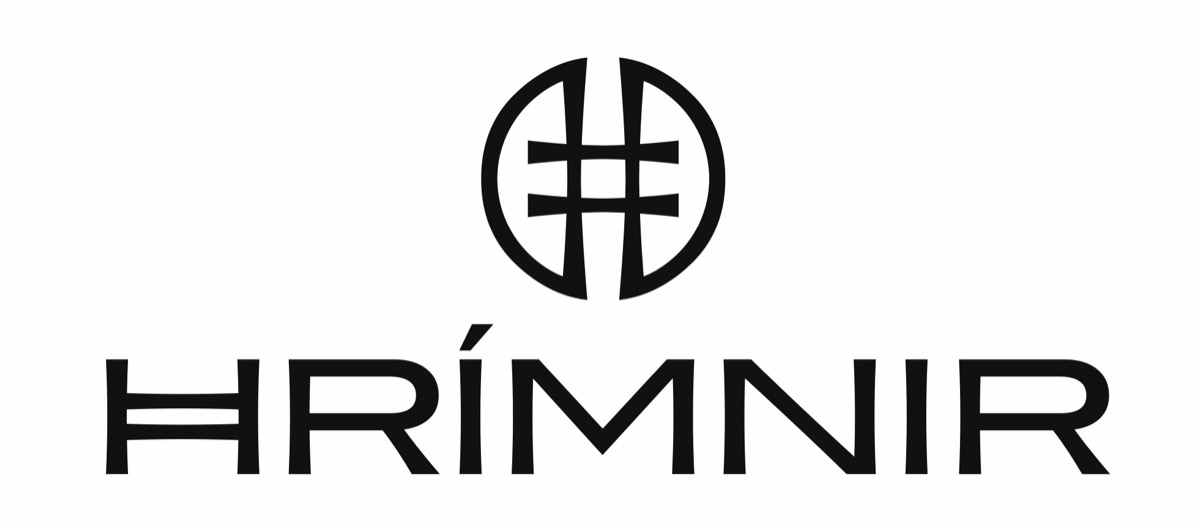


-1.jpg)
